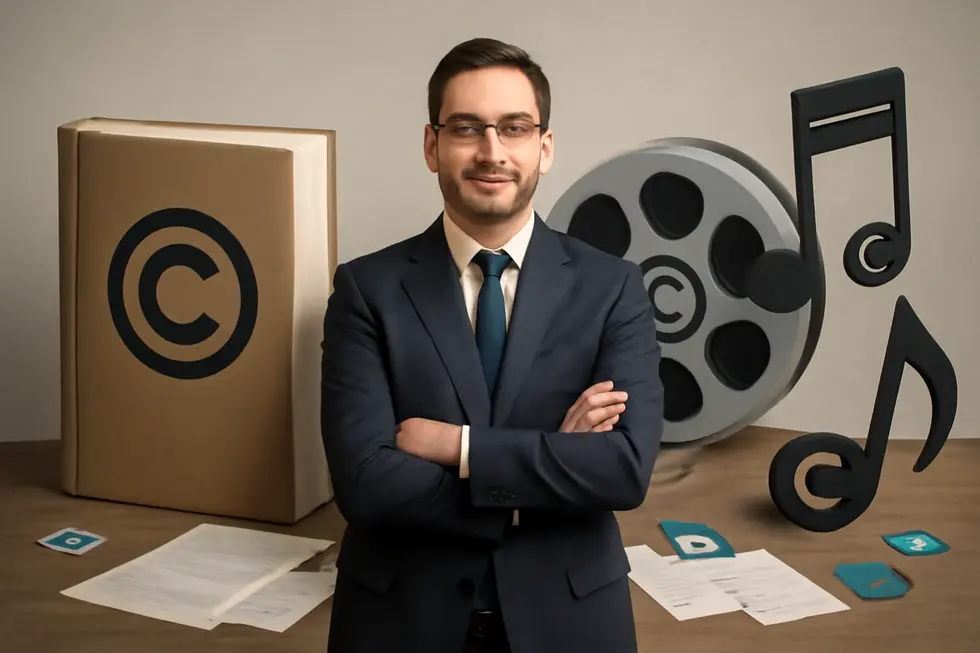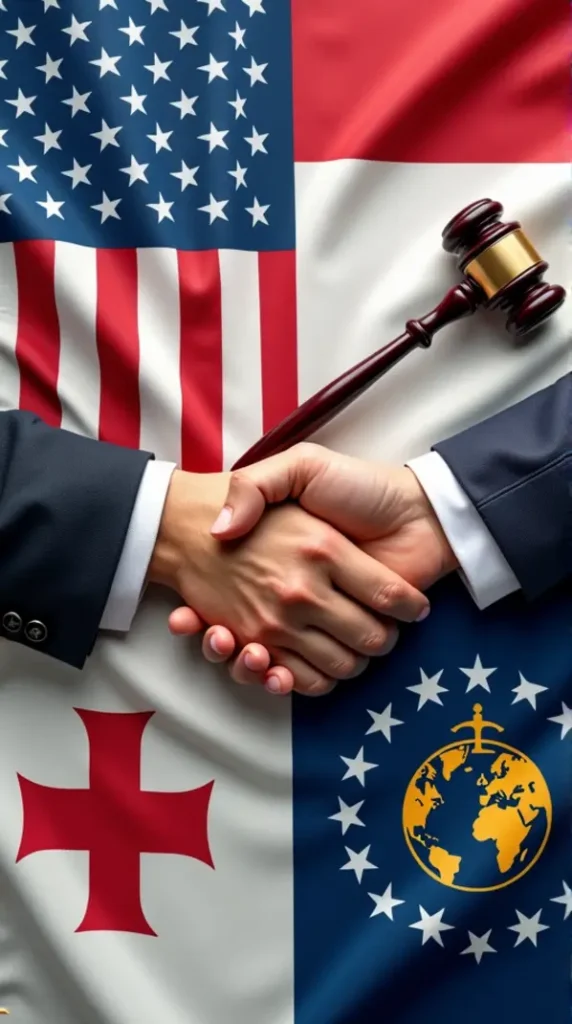Introduction
Books, movies, and songs represent valuable intellectual property assets that require strong legal protections to preserve their commercial viability and creative integrity. For business owners involved in publishing, entertainment, retail, or media, comprehending how copyright safeguards these original works is critical for avoiding legal pitfalls and maximizing opportunities. This guide explores the core legal foundations of copyright protection, explains the international framework that unifies these rights globally, and clarifies essential licensing and usage considerations. Each chapter builds a comprehensive understanding of how copyright law applies specifically to books, films, and music, enabling business owners to navigate the complexities of intellectual property with confidence and compliance.
Tables of Contents
Chapter 1: Copyright Protection of Books, Movies and Songs: Legal Foundations and Scope
- Understanding the Core Legal Rights and Registration in Copyright for Creative Works
- Balancing Exclusive Rights and Public Access: The Scope, Exceptions, and Duration of Copyright
- Navigating Multifaceted Copyright Challenges: Licensing, Rights Layers, and Cross-Media Dynamics
Chapter 2: International Framework for Books, Movies and Songs Are Protected by the Berne Convention
- Foundations of Copyright Protection under the Berne Convention: Standards, Scope, and Duration
- Safeguarding Authorial Integrity: Moral Rights under the Berne Convention for Books, Movies, and Songs
- Navigating National Variations and Cross-Border Licensing in the Berne Convention Era
Chapter 3: Licensing and Usage Rights for Movies, Songs and Books Under Copyright Protection
- Navigating Music Licensing and Rights Clearance in Film Production
- Unlocking the Layers of Song Licensing: Sync, Mechanical, and Grand Rights in Copyright Law
- Navigating Licensing and Authorial Control: How Copyright Shapes Book Usage Rights
Chapter 1: Copyright Protection of Books, Movies and Songs: Legal Foundations and Scope
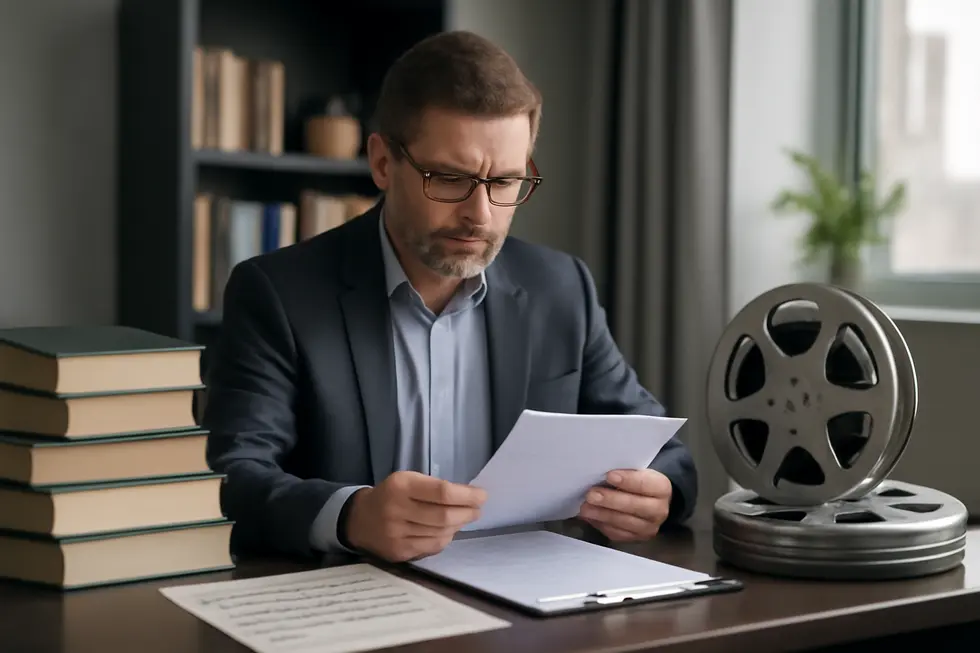
1. Understanding the Core Legal Rights and Registration in Copyright for Creative Works
Copyright protection for books, movies, and songs establishes a legal framework that grants creators exclusive rights over their original works once fixed in a tangible form. These rights include reproduction, distribution, preparation of derivative works, and public performance or display. For books, authors control the ability to reproduce and distribute copies and create adaptations. Movies are protected not only as complete films but also through separate copyrights on scripts, soundtracks, and relevant components; the use of music within films requires synchronization licenses to manage these overlapping rights. Songs are uniquely covered by two distinct copyrights—one for the composition (music and lyrics) typically held by songwriters or publishers, and another for the sound recording owned by record companies, with public performance rights often managed through performing rights organizations such as ASCAP or BMI. Although copyright protection arises automatically at creation without needing registration, filing with the U.S. Copyright Office offers vital legal advantages including establishing a public record and enabling infringement lawsuits. The marking of works with the © symbol, while optional, signals the creator’s claim. This system balances robust protection of creative expression with structured access via licensing depending on the medium involved. For filmmakers, detailed guidance on securing synchronization licenses is available through resources like the Indiana University Libraries’ Copyright for Filmmakers guide. For a broader overview on copyright fundamentals, see the insights on the basics of copyright law for businesses.
2. Balancing Exclusive Rights and Public Access: The Scope, Exceptions, and Duration of Copyright
Copyright law grants creators of books, movies, and songs exclusive rights over their original expressions, encompassing reproduction, distribution, public performance, display, and derivative works. These protections apply only to the fixed expression of ideas, not the ideas themselves, ensuring creators control how their works are used and shared across traditional and digital media. However, copyright is not absolute; it is balanced by clear exceptions designed to promote public interest. These include fair use or fair dealing for criticism, teaching, scholarship, and news reporting, allowing limited use without authorization. Libraries, archives, and non-commercial educational purposes also benefit from specific allowances to enable access to knowledge. Duration of copyright typically extends for the life of the creator plus 70 years in many jurisdictions, including the US and UK, while adjacent rights for performers and producers vary between 25 and 50 years. This framework maintains a dynamic balance: protecting creators’ economic and moral interests while fostering public accessibility to culture and knowledge. For a deeper practical understanding, exploring copyright basics for business offers valuable insight. More on international norms can be found via the Berne Convention, ensuring these protections operate consistently worldwide.
3. Navigating Multifaceted Copyright Challenges: Licensing, Rights Layers, and Cross-Media Dynamics
Copyright protection of books, movies, and songs involves intricate challenges due to multiple exclusive rights and diverse licensing demands. Each creative work often encompasses several rights holders. For instance, movies combine literary copyrights in screenplays, dramatic rights in direction and performances, plus musical rights in scores. Similarly, songs protect lyrics, composition, and sound recordings distinctly. Licensing must address various uses—physical and digital distribution, streaming, and public performance—each requiring separate agreements. When creative content crosses media forms, such as adapting a book into a film with a soundtrack, different licenses like derivative work rights and synchronization rights are essential. These complexities intensify with emerging technologies; AI’s use of copyrighted datasets raises new licensing questions about creator remuneration. Additionally, technological protection measures designed to prevent unauthorized copying can also hinder legitimate user privileges, framing enforcement challenges. Successfully managing these overlapping layers requires careful legal and business strategies to align all rights and licenses. This multifaceted landscape underscores the importance of understanding the granular rights involved, ensuring creators maintain control while enabling lawful use across evolving media platforms. For further insight into licensing intricacies, see copyright law lawyers cost guide. For more about synchronization rights in movies, consult external Berne Convention details.
Chapter 2: International Framework for Books, Movies and Songs Are Protected by the Berne Convention
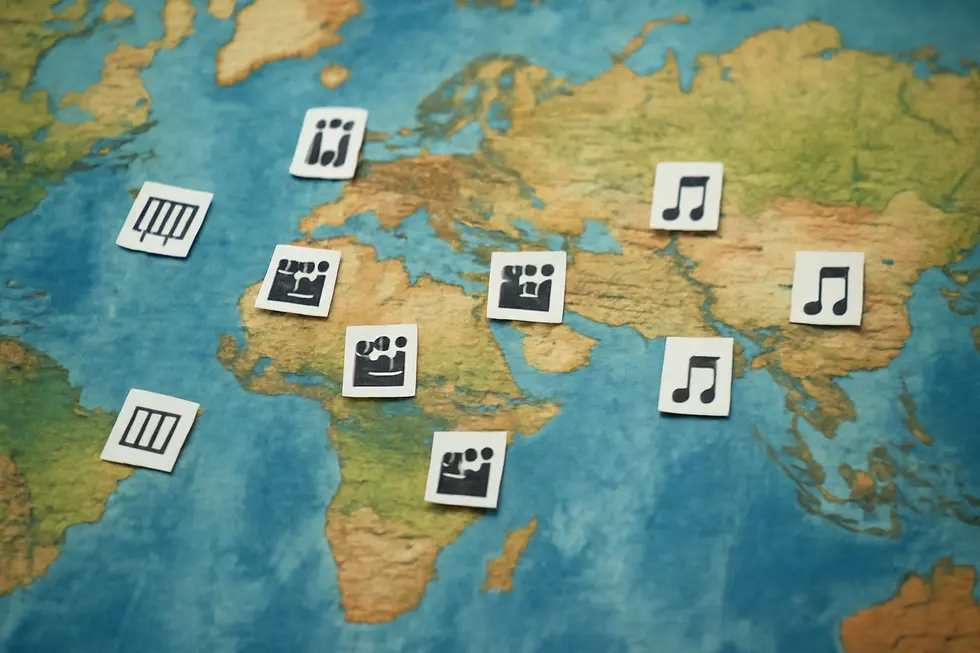
1. Foundations of Copyright Protection under the Berne Convention: Standards, Scope, and Duration
The Berne Convention establishes a global baseline for copyright protection of books, movies, and songs. It ensures creators enjoy automatic protection across member countries without the burden of registration, applying equally to domestic and foreign works due to its principle of national treatment. This international treaty covers a broad scope: literary works like books and song lyrics; musical compositions; sound recordings; and cinematographic films, safeguarding the layered creativity in songs and movies alike. The Convention sets minimum standards, including granting authors exclusive rights to reproduce, distribute, and publicly perform or display their works, empowering them to control their creations worldwide. Furthermore, it mandates protection for a minimum duration—life of the author plus fifty years—which many nations exceed. For example, India extends this period to sixty years from the author’s death for most works and from publication for films and sound recordings. This harmonized structure fosters legal certainty and protects economic interests in creative industries globally. To explore how this international protection translates into practical exclusive rights for creators, see details on the 6 exclusive rights under copyright.
For more legal context, the Convention’s text and interpretations remain principal references: https://www.wipo.int/treaties/en/ip/berne/
2. Safeguarding Authorial Integrity: Moral Rights under the Berne Convention for Books, Movies, and Songs
The Berne Convention plays a crucial role in protecting not only the economic rights of creators but also their moral rights, which preserve authorial integrity across borders. These rights ensure that authors of books, movies, and songs are recognized properly and shielded from any distortion, mutilation, or derogatory treatment that might harm their reputation or the original expression of their work. Unlike economic rights, moral rights are personal and typically remain with the author, even beyond the transfer of copyrights.
This international protection mandates that Member States uphold the author’s right to be identified as the creator and to object to any modification that compromises the work’s intended meaning or damages the author’s honor. This legal safeguard is especially significant for creative fields where reputation and authenticity are vital, such as literature, cinema, and music. By embedding moral rights into its framework, the Berne Convention strengthens the global mechanism that preserves the dignity of creators while fostering respect for their original works.
For a deeper understanding of copyright basics relevant to these protections, see this basics of copyright law business.
3. Navigating National Variations and Cross-Border Licensing in the Berne Convention Era
The Berne Convention guarantees automatic copyright protection for books, movies, and songs across its member states, eliminating the need for formal registration in each country. However, how this international framework plays out depends heavily on national implementation and enforcement. Countries vary in their legal systems and institutional capacity, which can affect the practical strength of copyright protections. For example, while the United States incorporates Berne provisions by exempting foreign works from registration, enforcement relies predominantly on domestic laws interpreted by national courts. In contrast, countries like Sierra Leone face challenges from weak enforcement mechanisms, limiting creators’ effective protection despite formal membership. China aligns its policies with Berne but local enforcement nuances introduce differences in protection levels. These national variations shape global licensing strategies considerably. Creators and licensors benefit from the Convention’s automatic protection, easing administrative burdens when licensing content worldwide. Yet, successful rights management demands careful navigation of local enforcement practices, judicial attitudes, and procedural rules in each market. Ignoring these differences risks undermining cross-border agreements and weakens intellectual property rights internationally. Thus, the Berne Convention’s harmonization sets a baseline, but pragmatic local legal insight remains essential for securing and licensing creative works globally. For deeper understanding of copyright protections, see 10 facts about copyright. More on national enforcement challenges can be found here.
Chapter 3: Licensing and Usage Rights for Movies, Songs and Books Under Copyright Protection
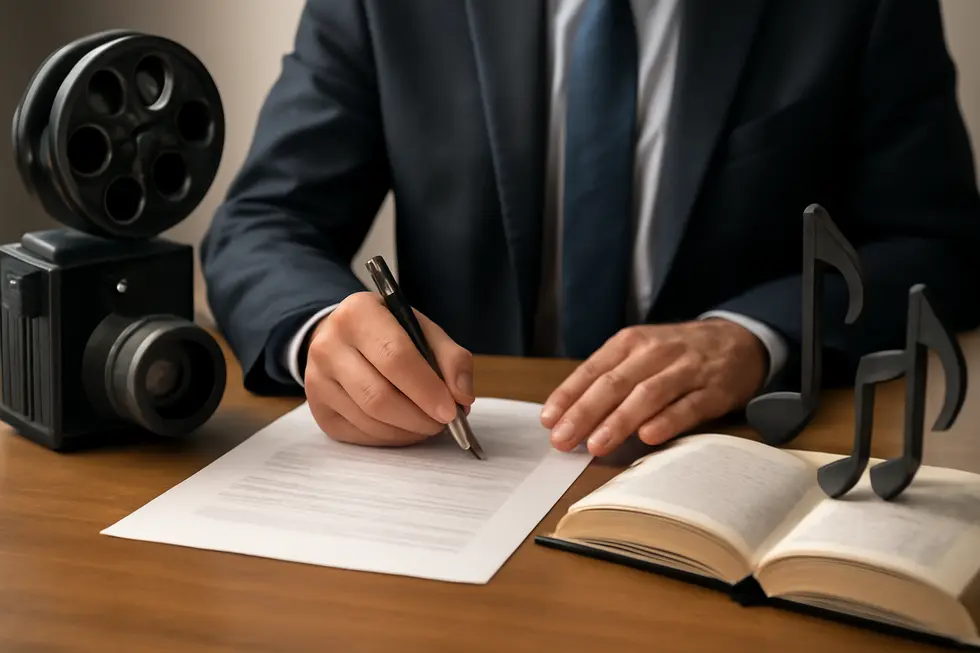
1. Navigating Music Licensing and Rights Clearance in Film Production
When incorporating music into movies, obtaining the proper licenses is crucial to comply with copyright protections. Central to this is the synchronization license, which grants permission from the music publisher to align a musical composition with the film’s visual elements. Beyond this, if a specific recorded version of a song is used, a master use license must be secured from the recording’s owner, typically the artist or record label. The process typically begins by identifying whether permission is required, as exceptions like fair use are rare in commercial films. Filmmakers must then locate copyright holders and formally request permission detailing the intended usage. Verification and documentation of these approvals are essential to avoid infringements.
Clearance extends beyond music, covering all third-party intellectual property appearing in the film—such as branded images, trademarks, or individuals’ likenesses. A thorough clearance ensures all rights are legally acquired, defining terms like duration, territory, and financial arrangements. This comprehensive licensing safeguards filmmakers from legal disputes, while honoring creators’ exclusive rights. For those seeking guidance on permission requests, exploring copyright permission steps can provide detailed insights.
2. Unlocking the Layers of Song Licensing: Sync, Mechanical, and Grand Rights in Copyright Law
The use of copyrighted songs demands navigating distinct licensing types that protect both compositions and recordings. A synchronization license, or “sync license,” is essential when pairing music with visual media such as films, TV shows, or advertisements. This license must be obtained from the composer or publisher, and often from the recording owner if a specific performance is used. It typically involves an upfront fee plus ongoing royalties as the audiovisual work is distributed or broadcast.
Mechanical licenses cover the reproduction and distribution of musical compositions in audio-only formats. This applies to physical media and digital formats, including cover versions. Under U.S. law, mechanical licenses are compulsory and subject to statutory royalty rates, usually facilitated by licensing agencies.
Grand rights govern the public performance of musicals, operas, and similar dramatic works where music is integrated into the storytelling. Unlike sync and mechanical licenses, grand rights are negotiated directly with rights holders since they fall outside blanket performance licenses.
Each license safeguards specific rights: sync licenses address audiovisual use, mechanical licenses focus on audio reproduction, and grand rights protect dramatic performances. Understanding these distinctions is crucial for lawful song usage under copyright protection.
For a deeper look into the six exclusive rights copyright grants creators, explore the detailed guide on the 6 exclusive rights of copyright.
3. Navigating Licensing and Authorial Control: How Copyright Shapes Book Usage Rights
Copyright law grants authors and copyright holders exclusive control over how books are used, licensed, and distributed. This includes rights to reproduce, publicly display, distribute, and create derivative works, which can be wholly or partially licensed to publishers or third parties under specific agreements. Authors frequently transfer copyrights to publishers while retaining some rights or negotiating licensing terms that unbundle their rights geographically or by usage type. A critical safeguard is the termination right, allowing authors or their heirs to reclaim copyrights 35 years after transfer, empowering them to regain independence in how their works are exploited. However, copyright protection is balanced by exceptions like fair use, which permits limited uses without permission for education, criticism, or transformative purposes, and specific allowances for libraries under Section 108 to preserve and lend physical copies. Notably, lending and resale rights are more restricted for digital books, which are often licensed rather than sold, limiting libraries’ capacities with e-books. As a result, licensing frameworks and statutory provisions create a nuanced ecosystem where authorial control meets practical limitations, fostering ongoing creative and cultural development while protecting intellectual property interests. For deeper insight on copyright rights, see 6 exclusive rights copyright. For more detailed legal information on book copyright terms and reuse, visit the U.S. Copyright Office’s official page.
Final thoughts
For business owners, being well-versed in the copyright protection of books, movies, and songs is indispensable. This knowledge ensures that original creative works are legally safeguarded, supports global commerce through international agreements like the Berne Convention, and clarifies how to legally license content for commercial use. Navigating this legal framework protects your investment, preserves your reputation, and unlocks opportunities to monetize intellectual property effectively. Staying informed and proactive about copyright will empower your business to thrive sustainably in industries dependent on creative content.
Get your trademark today! Thousands have protected their brand by filing a trademark. What are you waiting for? Start your trademark application!
About us
The globe’s top website for registering trademarks and safeguarding your brand, name, logo, or slogan. We provide easy, efficient, and reliable trademark registration services to help you protect your intellectual property and build your business with confidence.
